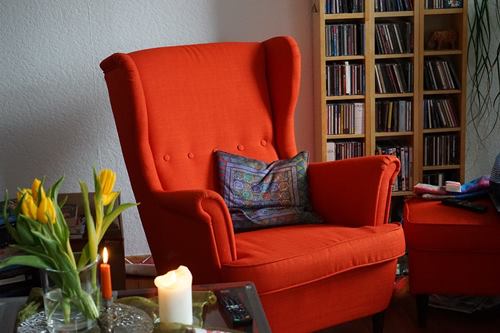Hypnotherapy Techniques Methods
Hypnotherapy Techniques styles methods
HYPNOTHERAPY TECHNIQUES
 Hypnotherapy is what hypnosis is really about. A Hypnotic induction, putting someone into trance is easy. It is after they are in trance that the real work begins.
Hypnotherapy is what hypnosis is really about. A Hypnotic induction, putting someone into trance is easy. It is after they are in trance that the real work begins.
There is no one best style of hypnotherapy. The style to use depends on what the client expects, and on the personal experience and training of the hypnotherapist. All methods are capable of getting the same result. Some take longer than others. But that is not necessarily a bad thing. Some clients need more time to adjust. Some clients prefer to develop a rapport and relationship with their hypnotherapist. Other clients expect a direct approach to their problems.
Hypnotherapy Techniques are constantly developing. Basically all hypnotherapy techniques are founded in metaphor and visualization. Probably the most common techniques in use today are based on some form of Regression, but some older therapists still prefer Direct Suggestion. There is a huge range of metaphor approaches. There is also a huge range of NLP techniques. Some, like anchoring, use hypnotherapy only indirectly. Whatever wording you choose, it can be wrapped up in any hypnotherapy style.
Metaphor Methods
Metaphors are a form of indirect suggestion when they are delivered as stories that invite the client to identify with the events in the story. Metaphors can also lead the client through a specially prepared situation using action metaphors. The most sophisticated use of metaphor uses the client's own metaphor or reality and works with the client interactively to develop their metaphoric representations and find resources that will allow them to remove whatever is blocking their development.
Cognitive Methods
Cognitive Modelling is a type of metaphor modelling. It is widely used and is the basis of much of the therapy used in NLP and in CBT. Cognitive modelling consists of getting the client to visualize their problem as a particular situation, and then guiding them to mentally alter that visualization.
Regression Therapy
Regression is a standard way of treating incident based fears. In trance the client is taken back to the critical incident in childhood. The client is then guided gently forward through the incident and asked to look objectively at what is going on, to realize that the affair was in reality harmless, that the person in charge should have done more to protect that child. The purpose of this is to create a different view of the incident, seeing it from an adult perspective, instead of from the child's perspective.
Very often reassessing the incident is enough to destroy the fear. The regression sometimes consists of replaying the incident, but this time with the client's adult mind guiding the child through to a successful conclusion. Instead of being humiliated, the child triumphs. These impressions replace the old feelings of fear and dread. The result is that the next time the client thinks about their problem issue, feelings of triumph and control come to mind, not fears. Regression is very effective.
Parts Therapy
Parts therapy uses the metaphor that we are all composed of separate and sometimes conflicting parts. People often say "part of me wants to do it, but part of me won't let me". Parts therapy consists of identifying the various parts of your mind and then getting them to interact with each other. Some metaphors use parts being called up from an audience on to a stage. Some parts therapy chooses one part to be the manager or control of the other parts. Some forms of parts therapy attempt to talk to each part and reason with it.
HOW TO DEVELOP A PERSONAL STYLE OF SUGGESTION
Professional hypnotherapists develop a personal style of hypnosis. This comes from experience, but it also comes from watching and imitating other therapists. You should be constantly trying new approaches, and improving what you currently do. Read, analyse and learn from others. When you understand how scripts work, you can add your own parts and develop your own unique style. Using hypnosis scripts lets you develop your personal style faster.
HW2T00
MORE RESOURCE PAGES ON HOW TO HYPNOTIZE
















